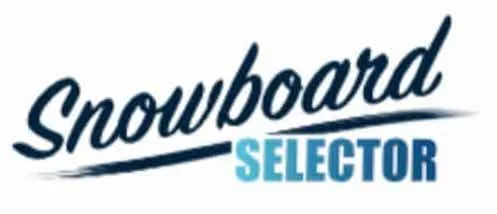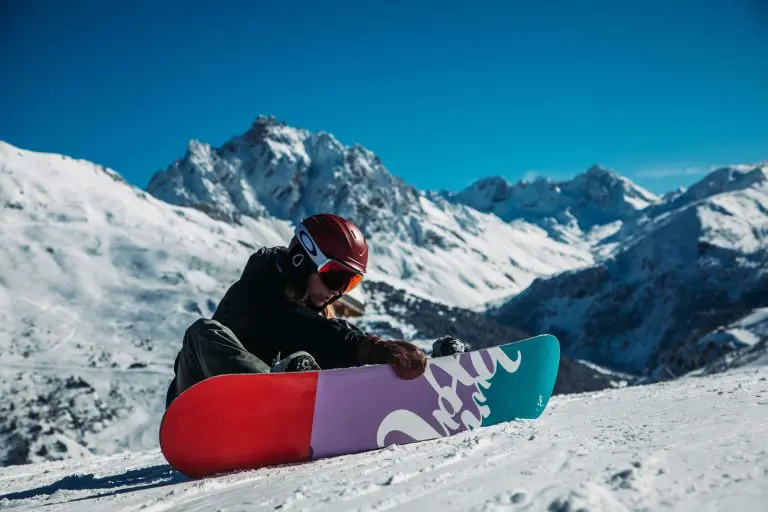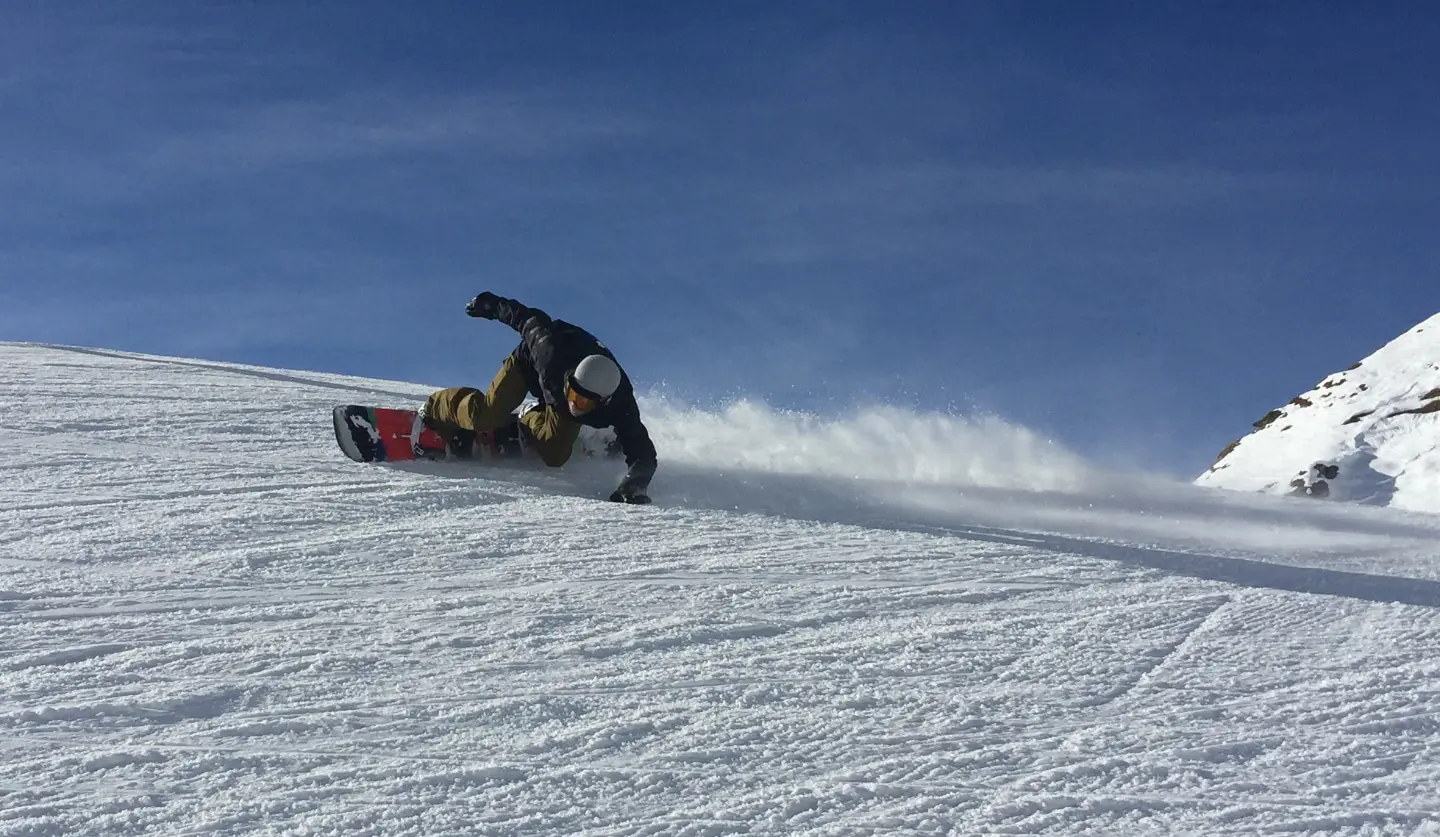The camber of your snowboard can have a huge effect on how it responds and feels and which different styles of riding it suits. Here we run over the different camber profiles, combinations of profiles and how this affects the way your board rides.
What Is Snowboard Camber?
The camber of the snowboard is how the snowboard bends along its length when it is set on the ground. When you stand on any board it will always lie flat on the ground, but when it is unweighted it will want to return to its camber, which is built into the board during the manufacturing process.
This, combined with the board's shape, has a huge impact on the feel of the board and can affect characteristics such as the pop and responsiveness, edge grip, and the amount the board floats in powder.
A few years back, when different profiles first started appearing on the market, the brands were in an experimental phase, coming up with all different combinations of shapes and flex. It seems in recent years these ideas have been consolidated into three or four different profiles which are proving most popular amongst riders. Here will explain what these different profiles are and what style of riding their best suited to helping you pick the right board for you.
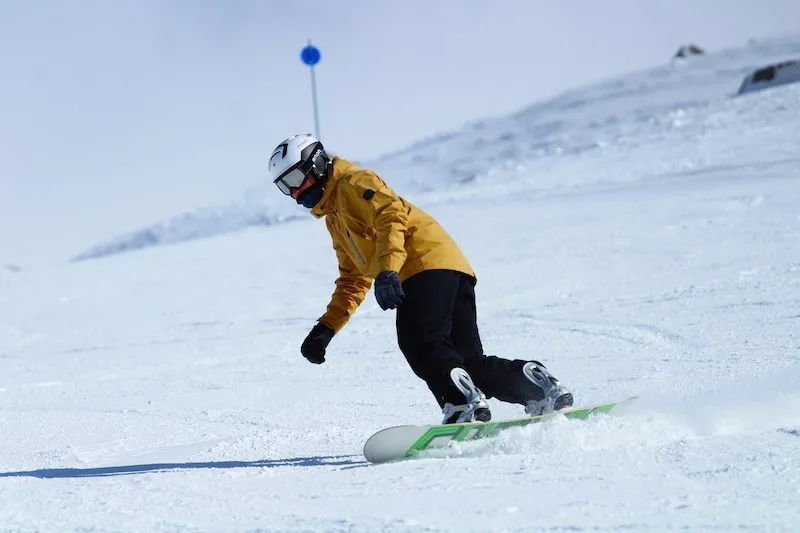
Traditional Camber Snowboards
This kind of concave camber is the original shape, which has been around since the beginning, and for many still remains the most popular profile. The concave shape provides a continuously distributed pressure along the length of the edge. This gives full edge contact when turning and more pop and response out of the turns and when jumping. Boards with traditional camber are best suited for more aggressive riders who want to tear up the groomers or more technical freestyle writing such as halfpipe and the big kick a line.
On the down-side, trad camber is not the most forgiving profile. Because of the full length edge contact, you can get punished with an edge catch if you mistime a turn or don't land a jump cleanly. For this reason they're not the most popular choice for beginners.
Best suited for
- Carving
- Hitting bigger jumps and halfpipe
- Aggressive precision riding
Rocker or Reverse Camber Snowboards
Rocker first started to appear in the tip of powder boards where riders were looking for extra lift in the nose to float through the powder. But soon brands started experimenting with rocker between the feet which gave the boards a very loose feel. The raised up edges at the tip and tail make it less likely you'll be catching edges and has made full rocker boards a popular choice for jibbers riding rails in boxes and for flatland tricks.
Full rocker powder boards are also a popular choice for those epic powder day you may only find in Japan, or BC. The rocker shape helps keeps your board on top of the snow and makes turning easier when things get tight in amongst the trees.
They're not so good if you want power and precision and can also lose a bit of pop in ollies.
Best suited for
- Riding powder
- Flat-land tricks
- Loose playful feel
Hybrid Cambers
Hybrid camber board combine the best characteristics of rocker and traditional camber boards. These profiles can be combined in different ways to produce boards with different characteristics and feel. As a general rule, the part of the board which plays the biggest role in how it feels is whats going on between the bindings. Camber makes it poppy and responsive, Rocker makes it loose and playful.
S Rocker
This first hybrid profile is the S rocker. The rocker under the feet gives a loose and playful feel, whist the camber at the tip and tail provide extra grip when the board is on an edge and extra pop for ollies and nollies. It basically rides like a rocker board with a bit more stability at speed and pop.
Cam Rocker
Another hybrid board is the cam rocker. With rocker under the feet, it feels more like a traditional camber board but with the early rise rocker in the tip and the tail it has some of the characteristics of a rocker board when you need it. The extra lift makes it more floaty in powder and the early rise edge gives it looser, more forgiving feel on groomed runs.
Flat Rocker Snowboards
Flat or zero rocker boards are in the sweet spot between rocker and camber boards merging the characteristics of the two. They have some of the response of a traditional camber board whilst being a bit more forgiving and playful like a rocker board. This makes them a great choice for beginner/intermediates looking for an all-round board that will be easy to ride in and out of the park.
They are also a popular choice with riders who ride a lot of rails and boxes, their flat profile along the full length of the base gives a predictable feel and is great for locking onto rails with less risk of hanging up on a rail than a camber board.
Best suited for
- Beginner snowboarders
- Combines characteristics of camber and rocker
- Locking onto rails and boxes
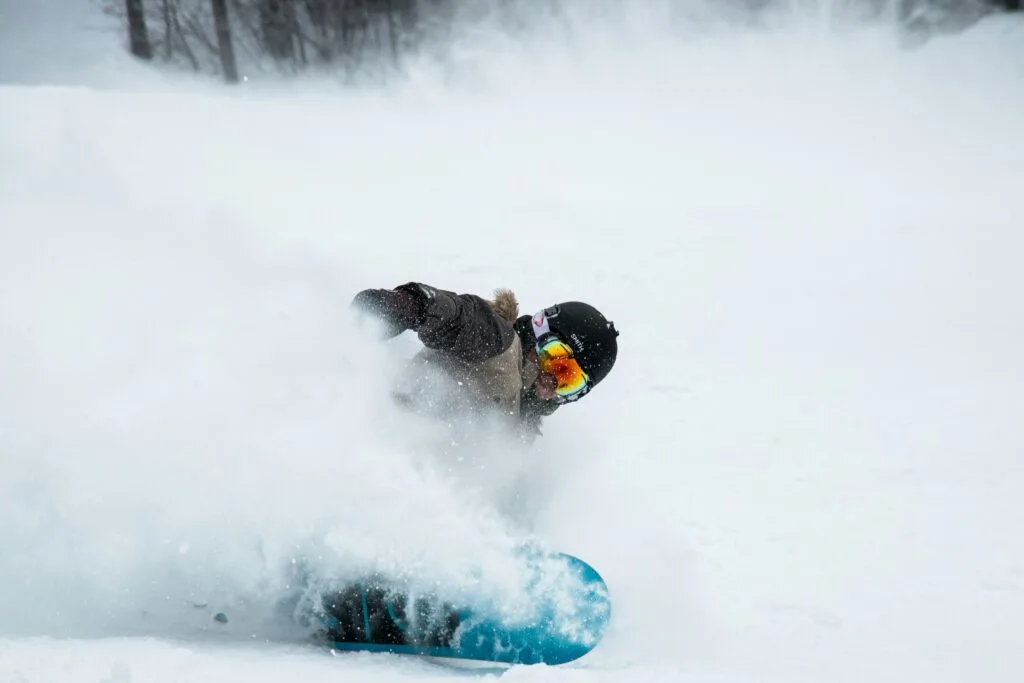
Directional Camber
Directional camber boards are made to do one job: ride powder. They have rocker starting after the front foot which lifts the nose of the board out of the snow and gives it more float. The more set back from center the rocker is, the better it is for powder. However this will make it feel a bit loose on groomed runs and you might struggle to hold an edge on harder snow. Between the feet, these boards can be either flat or camber.
Best suited for
- Riding pow!
Conclusion
This guide hopes to lay out the different types of board camber and how they affect the way your board rides. To make things more confusing, all the brands tend to have their own take on the different types of camber and have their own names for each one. But if you read into the descriptions, you should be able to recognize them from this guide.
I really recommend trying out some different camber shapes so that you get a feel as to how they all ride. That way you should be able to find the perfect board for you! Also be sure to check out our snowboard size calculator to find your perfect board.
